Teen Mental Health Concerns

Teen Mental Health Concerns
There have been stories that have been told about the next-door neighbor who screams during the night, it is said because of his nightmares of war. There is a girl in class that passes out or gets sick when asked to present in front of the class or shakes when asked the answer to a problem. Has anyone reached out to see what can be done to help them?
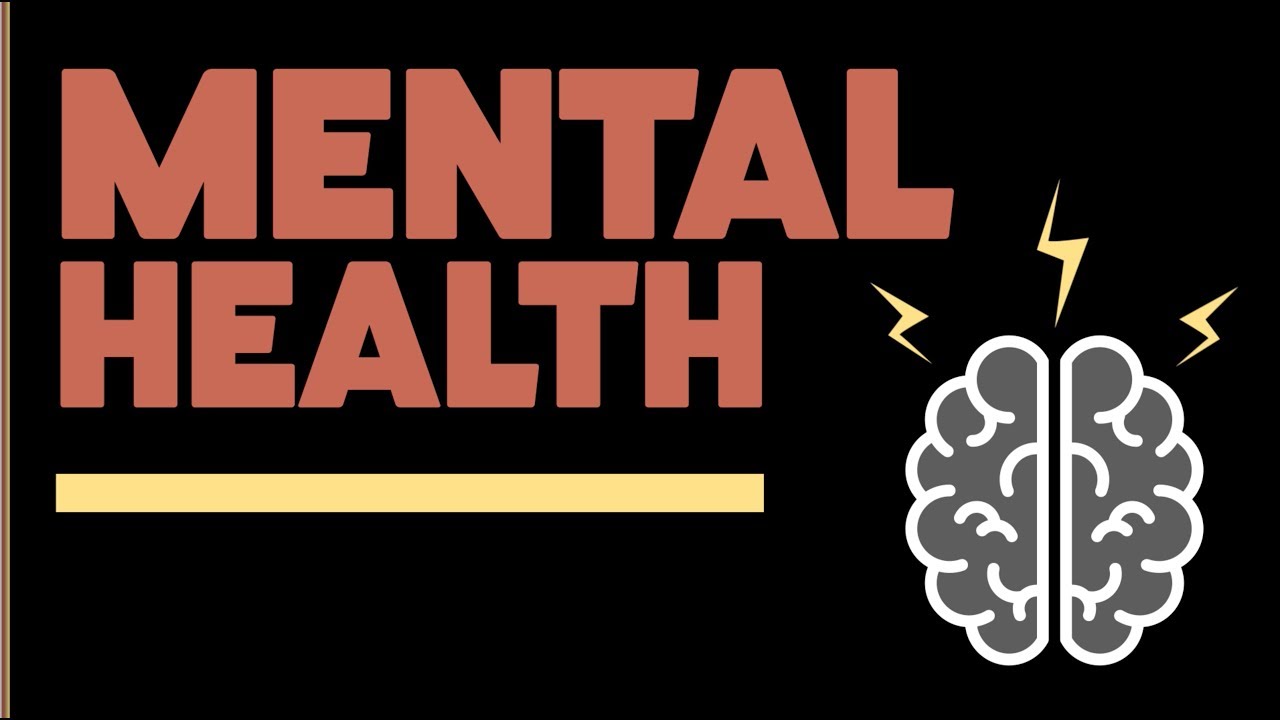
People that surround them, other neighbors, students, may not realize it, but these two people suffer from mental health illnesses. They both show signs and symptoms, the neighbor, who has PTSD from fighting overseas, and the girl, who has anxiety caused by negative stress in her life: high school. If not addressed early on, mental health can only worsen and lead people to take their own life. The definition of a teenager based off of the article, “Teenagers’ mental health,” determines that it is a person who is between the ages of 13 and 19 (B Ladd).
Coupled with that is the symptoms of someone dealing with mental health, as explained in this statement, “According to the National Institute of Mental Health (NIMH), a person may have a mental health problem if the individual exhibits the following behaviors: consistently experiences anger or worry, feels grief or sadness longer than typically expected after a loss or death, believes his or her mind is too controlled or out of control, uses alcohol or drugs, exercises or diets excessively, overeats, or thinks obsessively about peer pressure and diet, act in ways that harm others or damage property”. Teen mental health needs to be addressed because many teens experience mental illness, quality medical treatment for people struggling is unavailable or inadequate, and untreated medical mental illness can lead to suicide.

A massive controversy surrounding mental illness is the questionability of the ethics in treatments. There is ‘Electro Shock,’ or more formally known as Electroconvulsive therapy (ECT), which was first developed and used in the 1930’s, which involves, to be concise, shocking a patient with electrical waves to induce a seizure that would last thirty to sixty seconds. The article, “5 Controversial Mental Health Treatments,” by Rachael Rettner, states, “The treatment is controversial, and in the early years of the therapy, patients were not given anesthesia, and high levels of electricity were used”.
While this might not be the case now, and the therapy is safer because of the shorter bursts of controlled waves and anesthesia, patients are still at risk for short-term memory problems, or even heart issues. Furthermore, this is not the first action in helping to cure a mental illness because of the possible side effects, but it has been known that 75-80% of patients recover from symptoms. Lastly, on the top of ECT, the article also says, “ECT is used to treat patients who are severely depressed and at risk for suicide, and in some cases, it is used to treat schizophrenia and severe mania”.
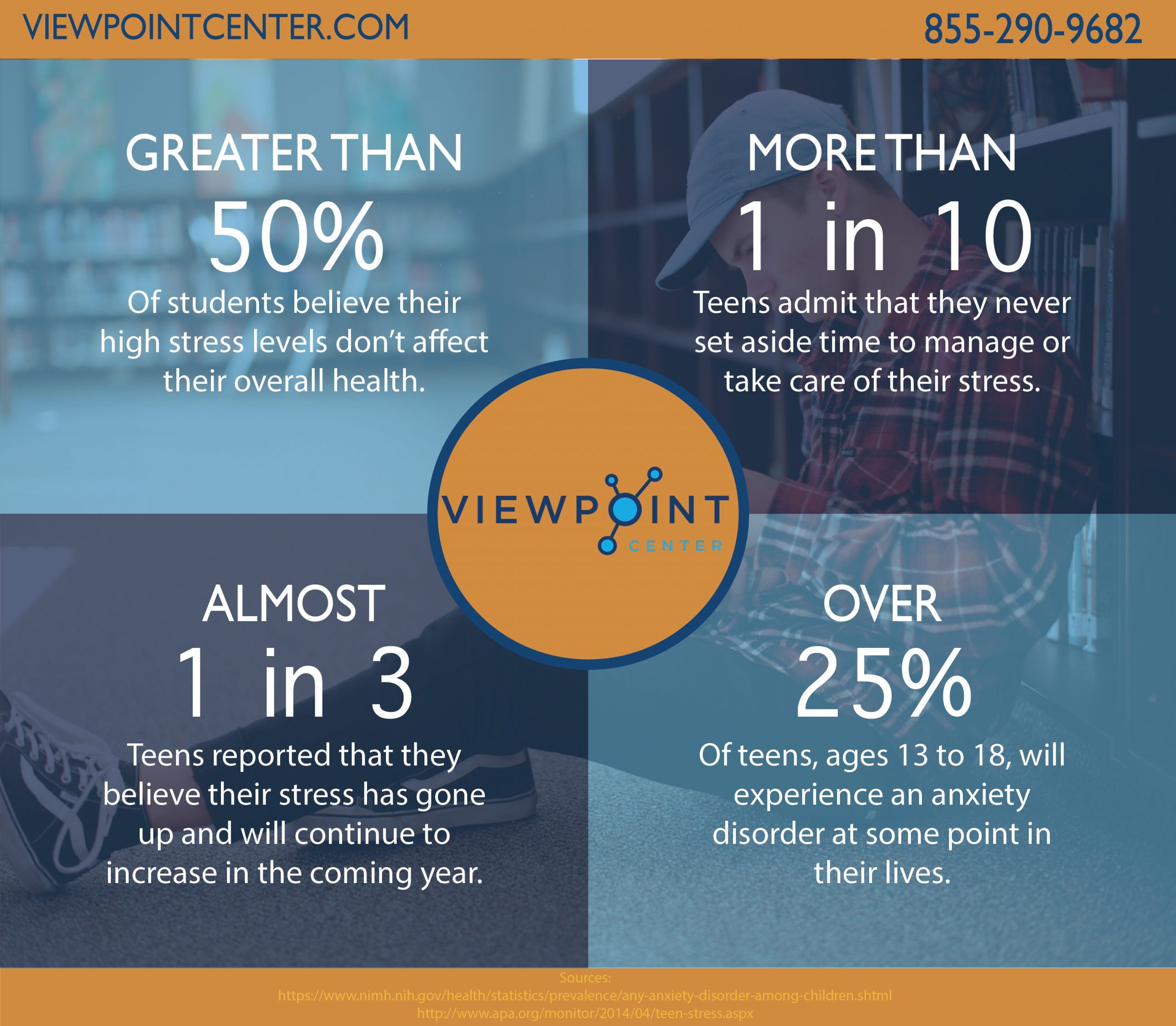
Before examining the high numbers of people with mental illness, it is necessary to first know what causes it, in order to understand how it can appear in teens. Some of these factors are genetics, physical illness or injury and traumatic life experiences (University of South Carolina). A well-known mental illness that can come after a traumatic life experience is post-traumatic stress disorder, commonly referred to as PTSD. In the article, “Post-traumatic stress disorder,” by Scott R. Vrana, he states, “The American Psychiatric Association’s definition of PTSD states that the trauma must be something that is outside the range of usual human experience and that would be markedly distressing to almost anyone”.
Explained in the quote above and in Vrana’s article, PTSD is a case of anxiety that one has from a highly distressing experience. Many people recognize PTSD in war veterans, especially those who served in Vietnam, but don’t know or realize that 75% of women--or one in four--has been the victim of a crime, and more than 25% of those women suffer from PTSD. Equally important is the fact that women had a higher chance of PTSD if they were raped, or were injured or thought their life was endangered during the crime. In view of these facts, which are more relative to adults, it is important to realize that many teens are not diagnosed with PTSD from trauma, but rather the big stressor at that time of their life, which is middle and high school.
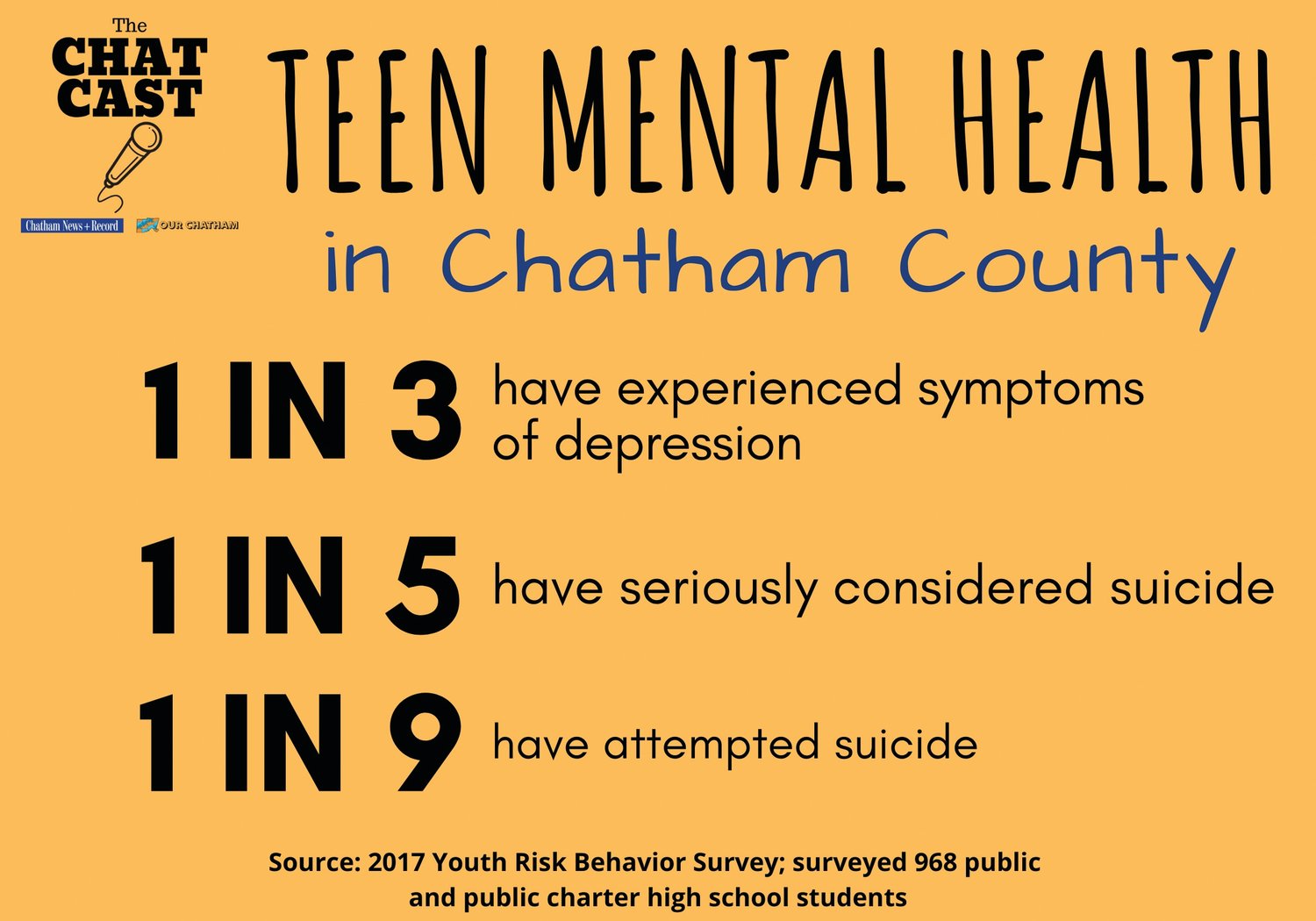
Events in middle or high school can lead to teen depression, which is considered a mental illness. It is estimated that 40 to 70% of teenagers with major depression are diagnosed with another mental illness, some of which are anxiety disorder, conduct disorder, eating disorder, oppositional defiant disorder, or substance abuse. Suicide. The one letter word that is the third biggest killer of the teen demography, barely precluded by unintentional injury and homicide. Globally, it accounts for 800,000 deaths every year (University of South Carolina).
Doyle R. Goff, the author of, “Teenage Suicide,” states that, “Although it is difficult to determine accurately, it is estimated that for every teenager who commits suicide there are approximately fifty teenagers who attempt to take their own lives”. Goff also notes that the majority of teens that try to commit suicide have a case of major or chronic depression, and believe that they are beyond the reach of help, and that ending their life is the only way to purge themselves of hurt and agony. The solution to help those battling an illness is by promoting mental health care for them, having in depth studies on mental illness, and by making medical facilities better. It is astonishing knowing that mental health has not been addressed until the mid to late twentieth century, with some of the first studies on PTSD found in Vietnam veterans.
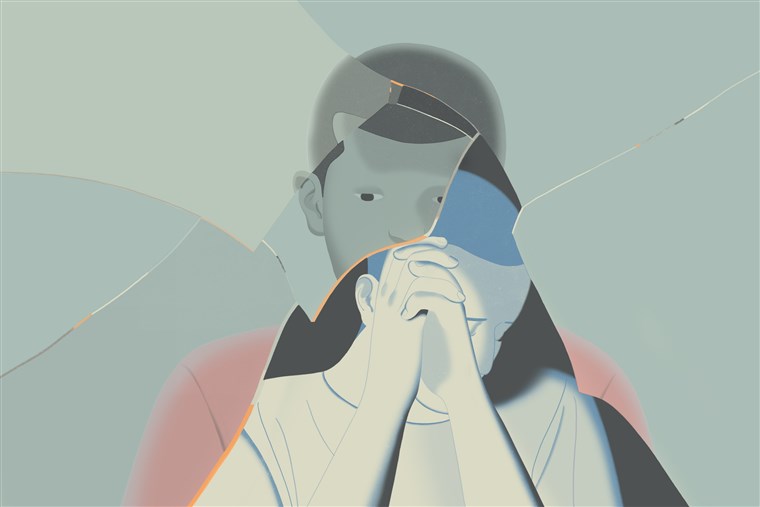
To add on to this, C. Druss, author of, “Improving medical care for persons with serious mental illness: Challenges and solutions,” says, “Research studies and demonstration programs for improving medical care in this population have spanned a continuum of medical provider involvement from psychiatrist and patient training to on-site consultation by medical staff, multidisciplinary collaborative care approaches, and facilitated linkages between community and mental health and medical providers”. Clearly, this sentence is pointing out the changes that need to happen in order to make progress in the battle with mental illness.
In order to improve treatment, there needs to be a collaboration between patient and care provider, where provider(s) can make adjustments and treatments around the patient’s needs. We need to help those with mental health conditions based off of patient’s needs, local community resources, and the mental health system’s capabilities. In essence, by better equipping the community support those with mental illness, by promoting and talking about it in schools and places of work, and by training providers to the full extent so they are prepared and able to help someone cope, and possibly even ‘cure’ their illness, will help lower the number of people battling illness, which would be an optimal solution. Definitely, as seen in a study, when people seek help for their mental health there is a 70-90% reduction in their symptoms (University of South Carolina).
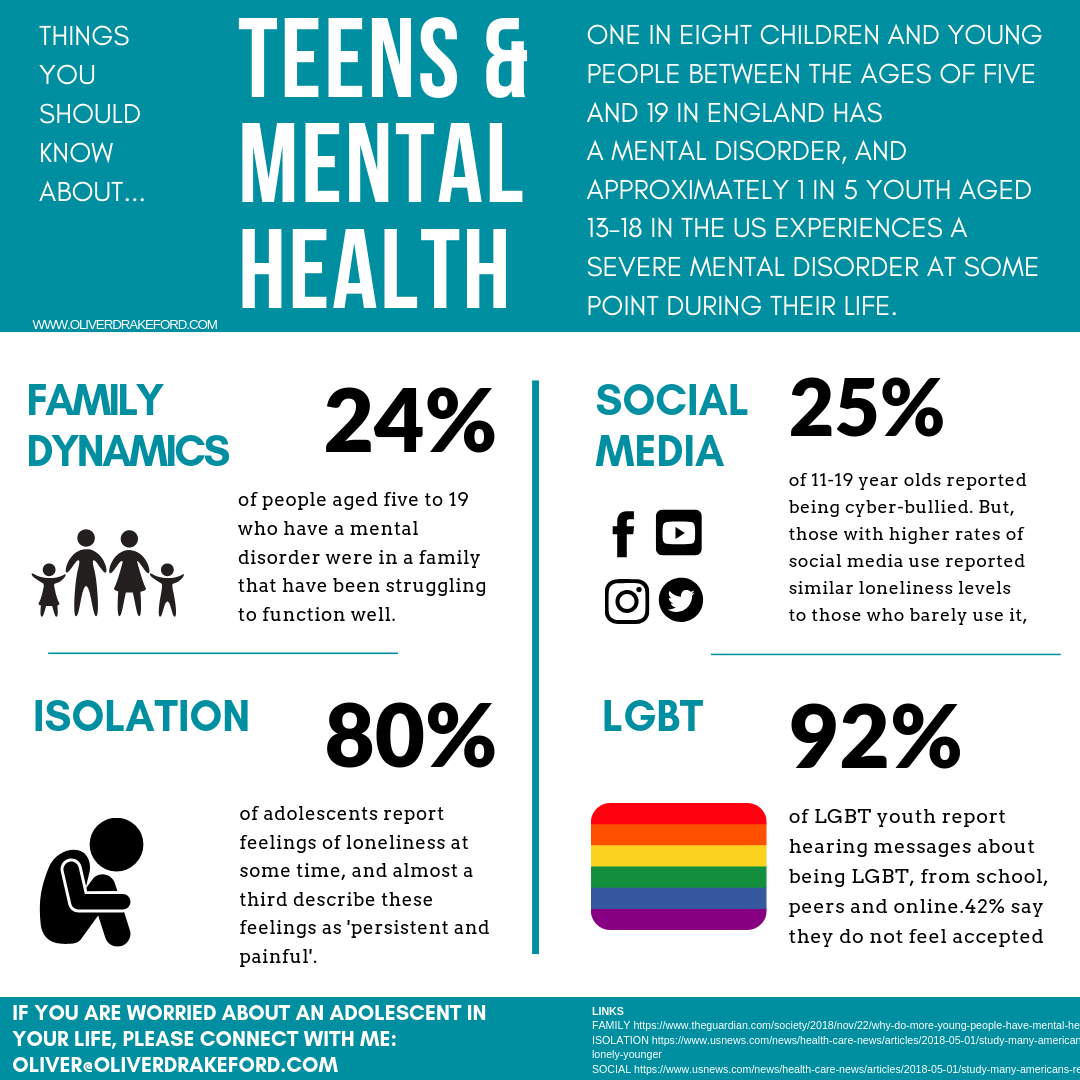
Seeking, obtaining, and getting better is plausible. The mental health crisis that the teen demographic is facing needs to be talked about and acted upon, because of the number of teens having experienced a mental health condition, quality care for people struggling with it is inadequate or not present, and not getting help for those with issues can lead them to commit suicide. In the final analysis, mental health is not a growing crisis, just one that needs better solutions for those struggling to cope with their illness. For the longest time, mental health ‘did not exist,’ and those who genuinely had it were told to not be weak and to ‘just get over it’.
Mental illness is a real disease, one that has taken the lives of millions of people who did not receive the help they so badly needed. Ignoring and avoiding the crisis is literally driving people to their graves. The numbers of people who have mental illness, combined with the fact that care for them is not very well promoted and medical facilities very frequently are inadequate for treating them, is alarming. The call to action is simple: be observant, be helpful, be kind. Be the person that reaches out to those who are struggling, whether it is a neighbor, peer, or student, and give them the support they need to get better. Ultimately, by doing that, it could very well save a life and open the eyes of others to care about the crisis of mental health.



